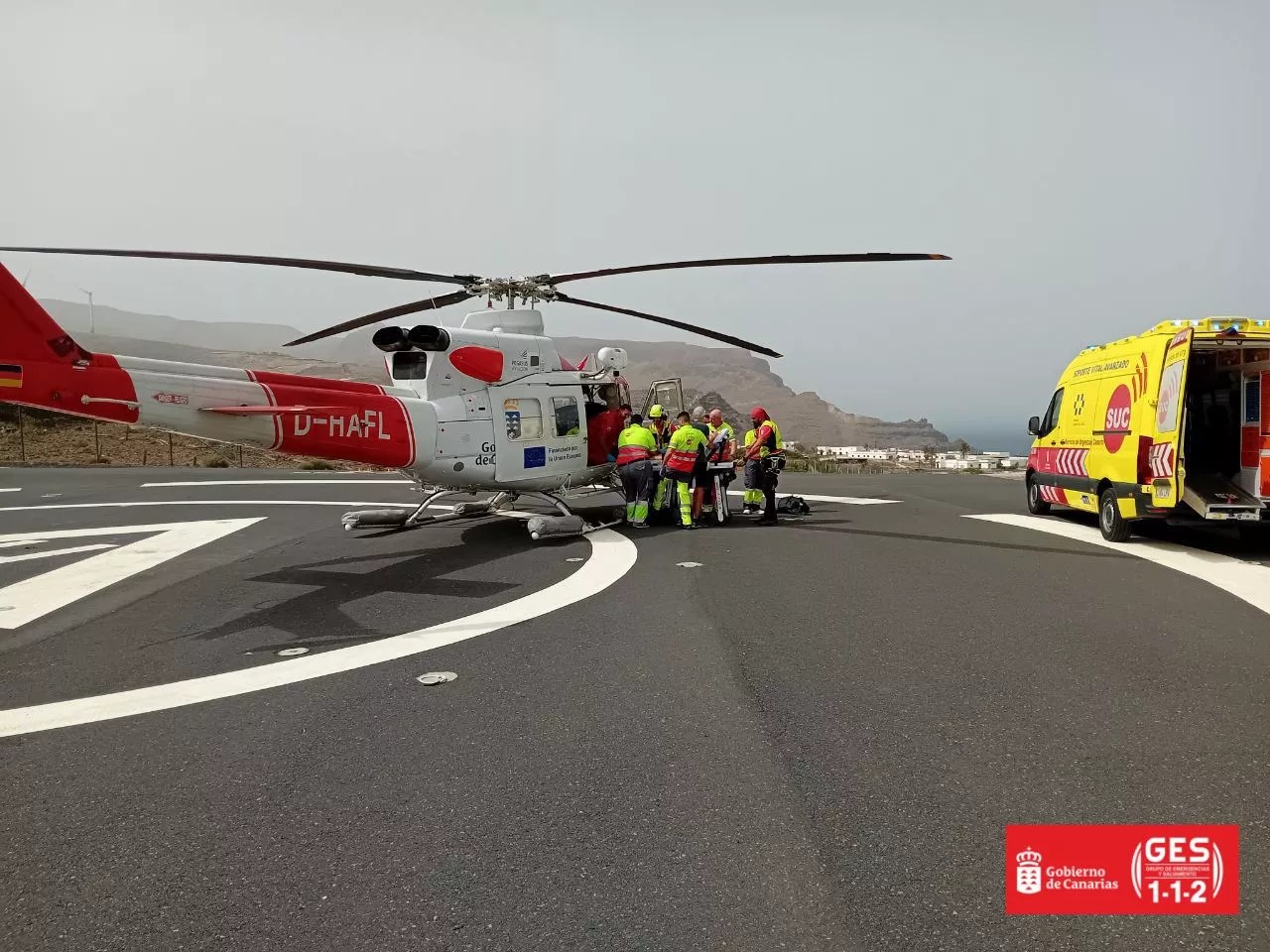Excessive urban pressure is the main risk factor in canyons of Tenerife in case of torrential rain. Both the Island Water Council and the Tenerife Association of Friends of Nature (ATAN) and the Telesforo Bravo-Juan Coello Foundation agree that the “invasion” of urban areas on the public hydraulic domain is the biggest problem of these natural spaces and recognize that there is no easy solution. Environmental organizations also focus on the danger posed by substandard housing in places where water finds its way every time it rains heavily.
Tenerife has more than 4,400 kilometers of ravines, the same distance that separates the island from kyiv, the Ukrainian capital, in a straight line. The tasks of cleaning and maintenance in the urban sections falls to the municipalities, while the rest depends on the Insular Water Council, an entity that is part of the Cabildo. The deepest canyons -and the most attractive from a landscape point of view- are concentrated in Anaga and Teno, the oldest areas of the Island, while in the rest of the territory these natural spaces are shallower and do not form a notable hydrographic network, with the exception of the Barranco de Santos, in Santa Cruz, considered the largest basin on the island, explains ATAN.
“The problem of the ravines in Tenerife is old, because they have always been used as landfills, but with the economic development of the 70s the risk has increased and the problems have multiplied, because they are not only used as garbage dumps but also because of the occupation of population in areas that were previously under the hydraulic domain”, emphasizes Eustaquio Villalba, spokesman for ATAN. The veteran environmentalist recalls that the clogging of riverbeds has caused serious episodes in recent years due to the action of rain in places such as El Palm-Mar, in the municipality of Arona or Radazul (El Rosario).
The problem, in his opinion, would be solved “by returning the hydraulic domain” to these spaces and undertaking major works in some cases “so that the waters have a way to circulate”. In this sense, he cites the examples of the Bufadero ravine, in María Jiménez, or the mouth of the San Andrés riverbed, but warns that there are cases in which the situation is irreversible: “Places, such as Los Cristianos, that did not have flooding problems , today they find themselves in a very different reality due to the fact that many of the ravines in the area have been clogged, have been occupied and practically do not exist”.
For Jaime Coello, director of the Telesforo Bravo-Juan Coello Foundation, the situation in the ravines “is not the best.” He warns that the problem is aggravated in the South and in the metropolitan area by the presence of homes in places at risk in the event of a flood and by “substandard housing in illegal settlements and caves”, in addition to the accumulation of garbage and debris. .
He also regrets certain constructions carried out by public administrations that, in his opinion, contribute to narrowing the channels. Among them, he cited the “washers” placed in the lower part of some infrastructures, “such as in the lower part of the Guaza intersection, in Arona, which narrow the passage of water in case of heavy rains, which, together with the waste that it drags , they can produce overflows above those pipes”.
Coello maintains that there is “a big problem” in the management of the ravines. “The municipalities complain that they do not have the means to clean them and the Cabildo does not finish applying the riverbed police and does not control the settlements”, for which it asks for a “consensus” between the municipalities and the Insular Water Council for a “ effective management of these spaces, starting by eliminating irregularly inhabited points, seeking housing solutions for people without resources”. However, he recalls that there are cases of people with sufficient economic means who, instead, choose to live in contact with nature in prohibited places, especially in the south of the island.
After underlining the “excessive urban pressure” in sections of some ravines, the insular councilor for Sustainable Development and the Fight against Climate Change, Javier Rodríguez Medina, highlighted the “tremendous change in sensitivity” regarding the concept of landfill to which these spaces years ago, something that has been influenced, he points out, by awareness campaigns and the work of city councils. “It is rare the municipality that does not collect large household items, in addition to the network of fixed and mobile clean points, such as the one that we have launched from the Cabildo, which contributes to bringing the separation of waste closer to the origin, to the citizenship”.
Rodríguez Medina, who ruled out that the growth of vegetation on riverbeds and slopes poses a difficulty for runoff water, also underlined, in this work of generating greater environmental awareness, the role of social networks: “They have played a transforming role, because very striking images are disseminated, which generate a great impact. In that sense, they have contributed positively”.
















